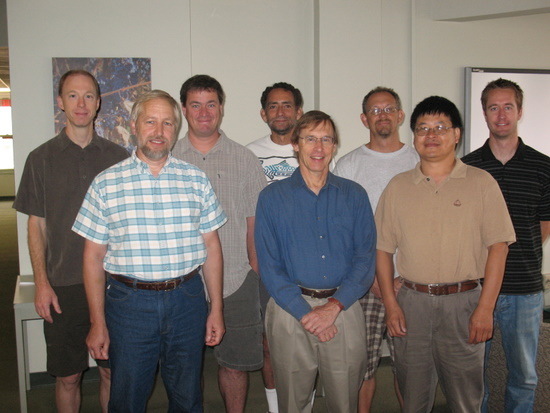NCEAS Working Groups
Potential interactions between urban runoff and decline of pelagic fishes
Project Description
Urban runoff has been identified as one of many potential drivers of the decline of pelagic fishes in the upper San Francisco Estuary. Participants in this working group will use an ecological risk-assessment approach to address potential chemical influences on delta smelt, longfin smelt, threadfin shad, and striped bass in urban environments. Housing and transportation infrastructure drains into spawning and nursery areas for these species. Three of the species spawn during months in which rain typically falls, leading to substantial urban storm runoff. Shifts in the pesticides applied in urban environments, from organophosphates to synthetic pyrethroids and, more recently, phenyl pyrazoles, have coincided with steep declines in pelagic fishes. These newer pesticides have relatively long persistence times, and may be transported in sediments into the fishes habitat. There is potential for relatively high toxicity to prey items for larval fishes as well as to early life stages of the fishes.

Principal Investigator(s)
Daniel Schlenk
Project Dates
Start: August 11, 2009
End: March 17, 2010
completed
Participants
- Larry R. Brown
- US Geological Survey (USGS)
- Erica Fleishman
- University of California, Santa Barbara
- John M. Melack
- University of California, Santa Barbara
- John J. Oram
- San Francisco Estuary Institute
- Daniel Schlenk
- University of California, Riverside
- Nathaniel L. Scholz
- NOAA, National Marine Fisheries Service (NMFS)
- Geoffrey I. Scott
- James Sickman
- University of California, Riverside
- Frank Spurlock
- California Department of Pesticide Regulation
- Rebeca Tannebring
- University of California, Santa Barbara
- Don Weston
- University of California, Berkeley
- Qingfu Xiao
- University of California, Davis
- Thomas M. Young
- University of California, Davis
- Minghua Zhang
- University of California, Davis
